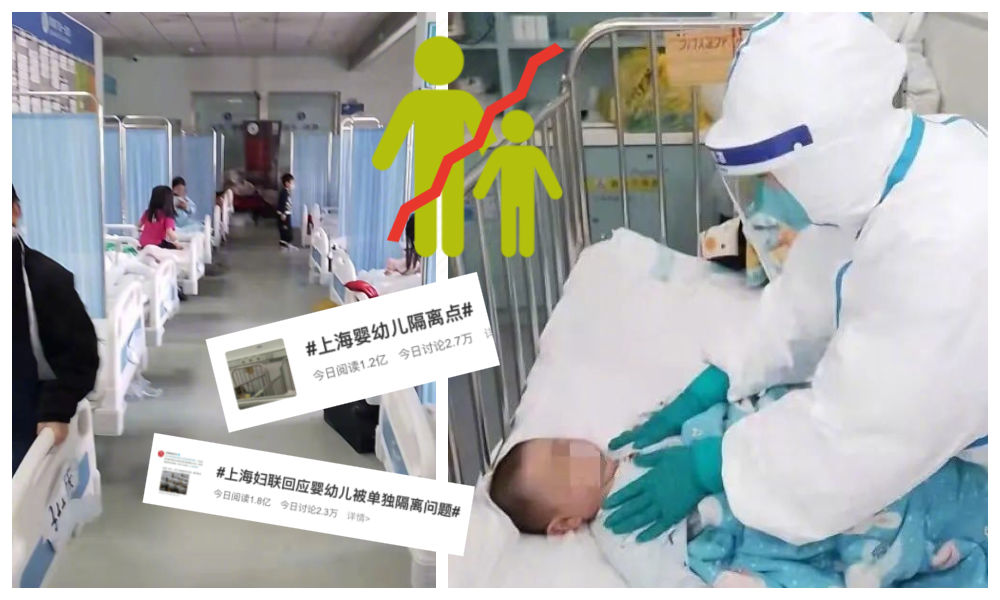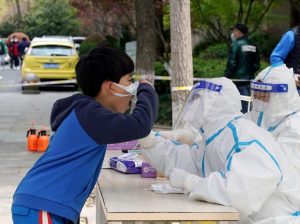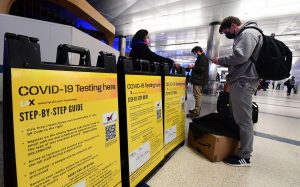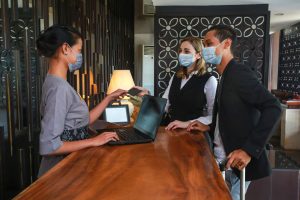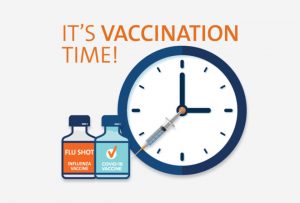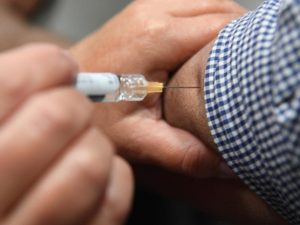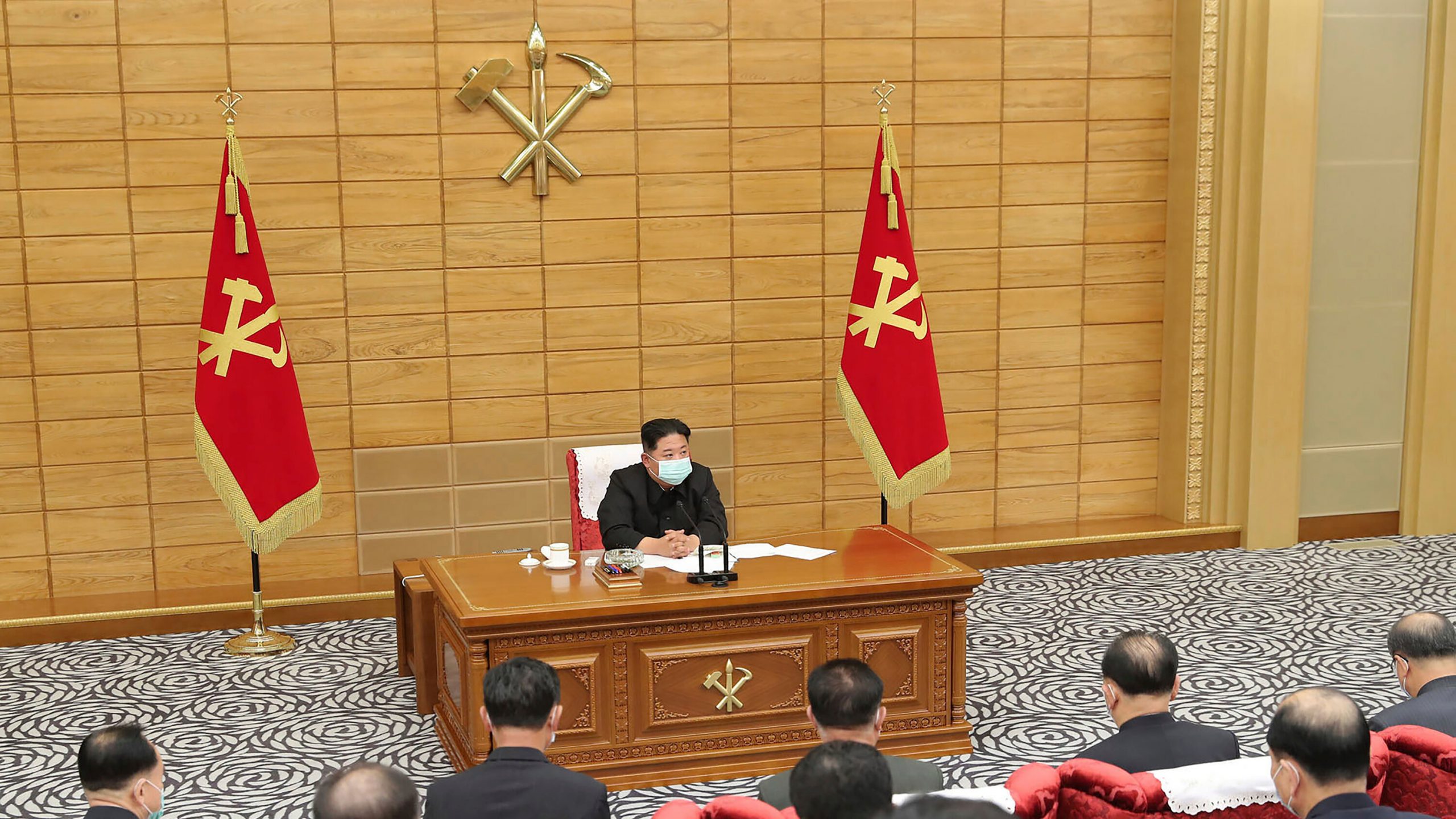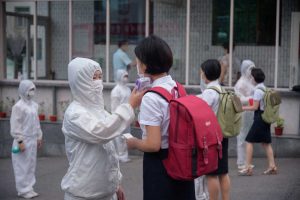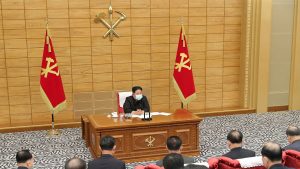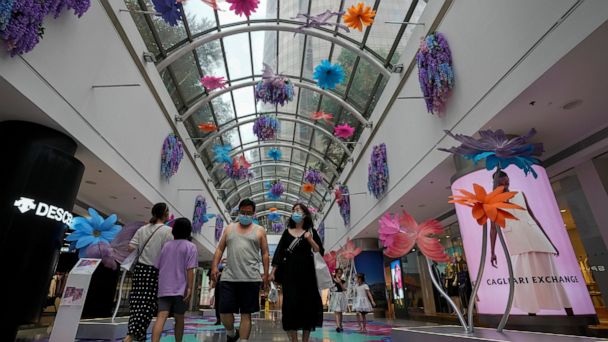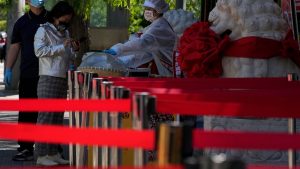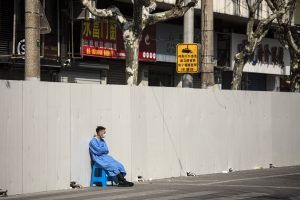There is growing COVID-19 concern in China after authorities discovered a new subtype of the Omicron variant.
Health officials in Suzhou, just west of Shanghai, detected the mutation of the Omicron variant not found in local or international databases, according to reports from state press agency Xinhua on Sunday.
“This means a new variant of Omicron has been discovered locally,” Xinhua said, citing health official Zhang Jun, deputy director of the Suzhou Centre for Disease Control and Prevention.
The mutation has evolved from the BA.1.1 branch of the Omicron variant, according to the Global Times, citing sequencing data from local health authorities.
It claims the newly-discovered subtype doesn’t match any other coronavirus submitted to GISAID, the database used globally by scientists to share information on new virus mutations.
The report said the subtype doesn’t match the other coronavirus that’s causing COVID-19 in China nor those submitted to GISAID, where scientists around the world share the coronavirus strains they have sequenced as a way to monitor mutations.

Cause for concern?
Experts say stopping the next major coronavirus variant involves knowing where it might come from.
However, with Omicron, those answers are still a mystery: How did a variant that looked so different from all its older cousins appear so suddenly?
“When that virus sequence first started to emerge, it was really hard for me to fathom that that would take off,” Emory University virologist Mehul Suthar said.
Viruses change all the time, often in ways that actually hurt their chances at survival.
But once in a while, those mutations can work out in the virus’ favour.
Sarah Cobey, associate professor of ecology and evolution at the University of Chicago, explained in an op-ed in the New York Times this week that the coronavirus’ transmissibility will hit a ceiling – eventually.
However, it probably won’t stop evolving in ways that skirt our immune response.
“Before Omicron, I think most people in the field would say that we would see immune escape through the accumulation of these mutations one by one,” Dr Cobey told CNN.
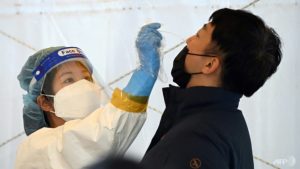
Cases surge in Australia
Meanwhile, more than half a million Australians are currently dealing with COVID-19 infections as authorities begin to roll out a second booster for vulnerable groups.
The number of active cases has climbed above the 500,000 mark for the first time since late-January, when the initial Omicron wave receded.
Around one in five PCR tests are coming back positive in Western Australia which is still in the midst of its first major outbreak.
Experts say a fourth jab will be critical in the effort to protect at-risk Australians ahead of winter, with a surge in cases of the virus and influenza looming.
People aged 65 and older, Indigenous Australians aged at least 50, disability care residents and the immunocompromised are among those receiving their fourth dose from Monday.
An estimated 4.7 million people will be eligible to get a fourth dose but it is expected fewer than 200,000 will meet requirements at the start of the rollout.
People can have a second booster shot four months after receiving their first.
The Australian Health Protection Principal Committee expects an infection peak will hit in mid-April in several jurisdictions.
Comprised of chief health officers from across the country, the group says it is considering recommending the removal of quarantine for COVID-19 close contacts.
It says isolation could be replaced by frequent rapid antigen testing, mask wearing outside the house and limiting access of close contacts to high-risk settings.
More than 47,000 new COVID-19 infections and 17 virus-related deaths were reported across the country on Sunday.
Almost 2600 patients are being cared for in hospital wards, 103 of them in intensive care.
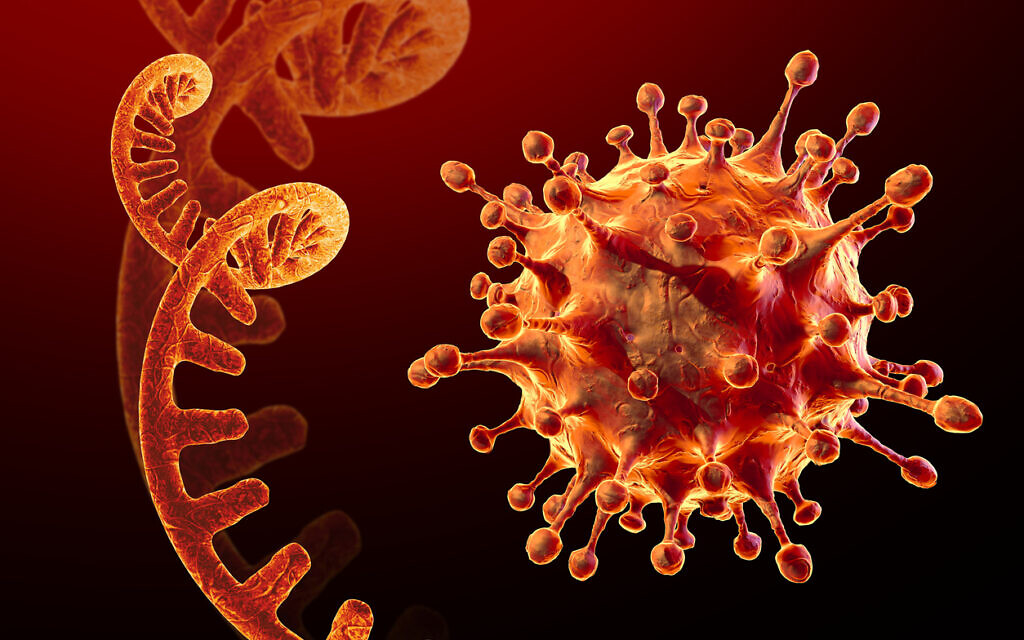

 COVID-19 Around the World3 years ago
COVID-19 Around the World3 years ago
 Cuisine Explorer4 years ago
Cuisine Explorer4 years ago
 Arabic2 years ago
Arabic2 years ago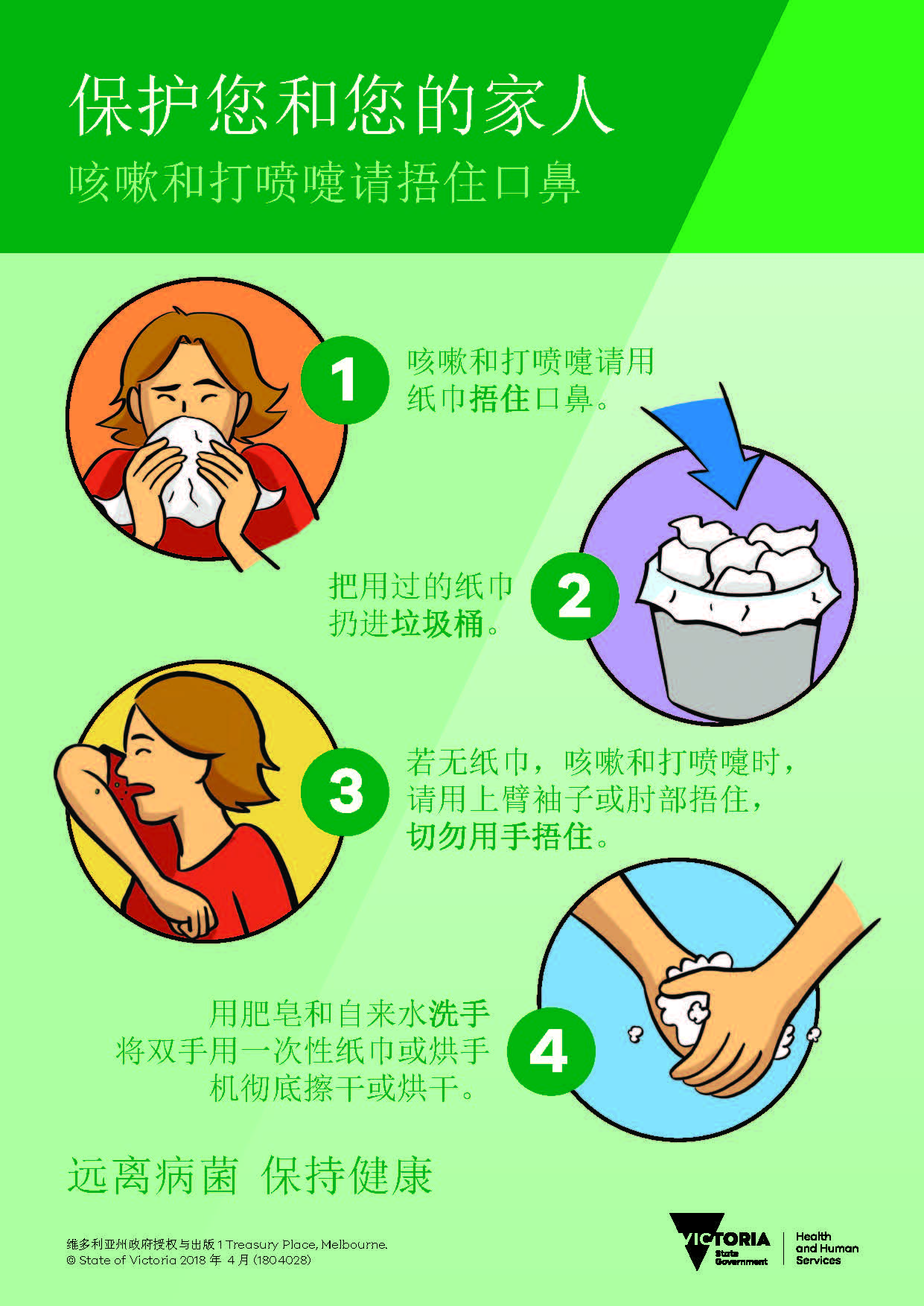
 Cantonese - Traditional Chinese4 years ago
Cantonese - Traditional Chinese4 years ago
 Tagalog4 years ago
Tagalog4 years ago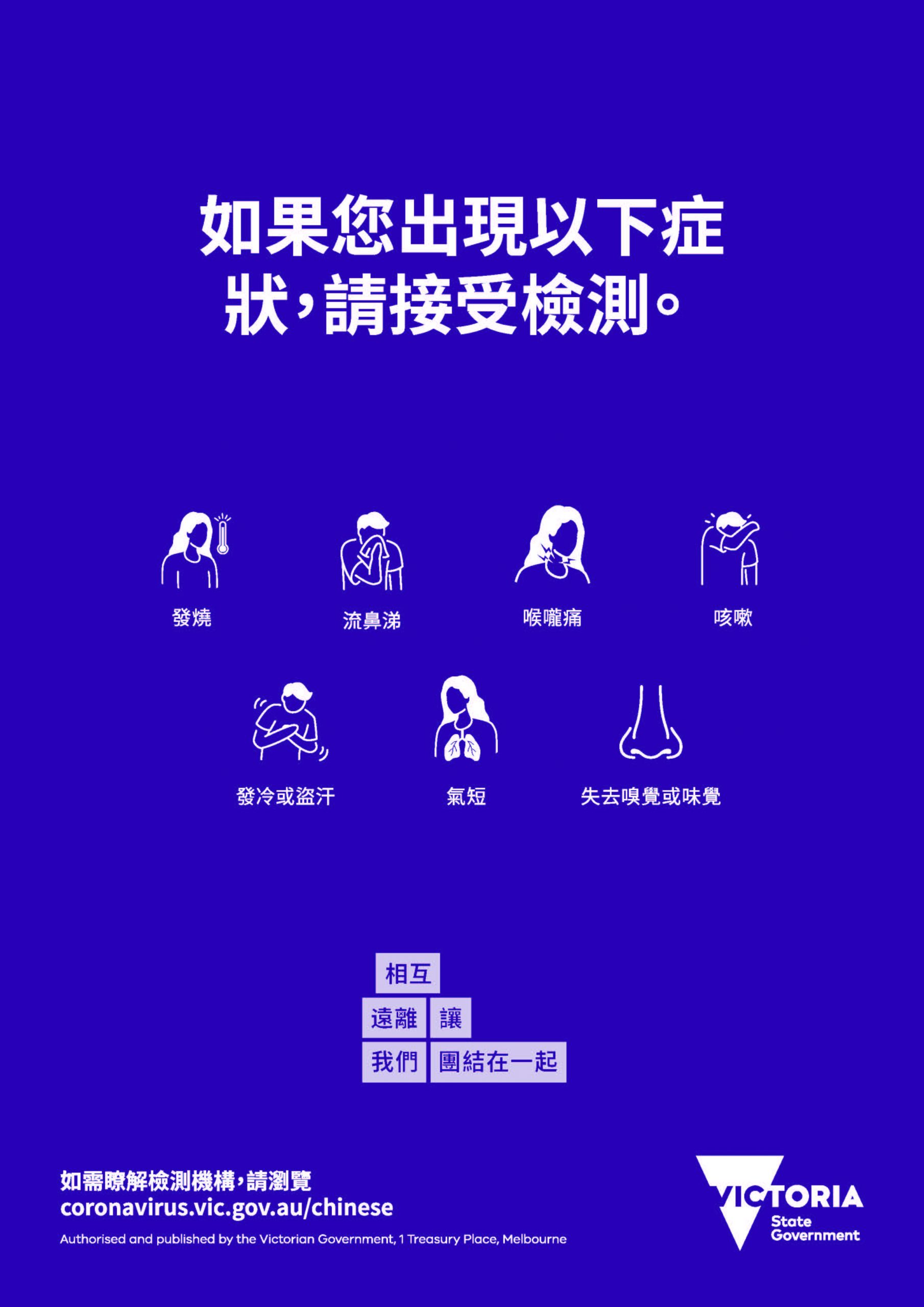
 Uncategorized4 years ago
Uncategorized4 years ago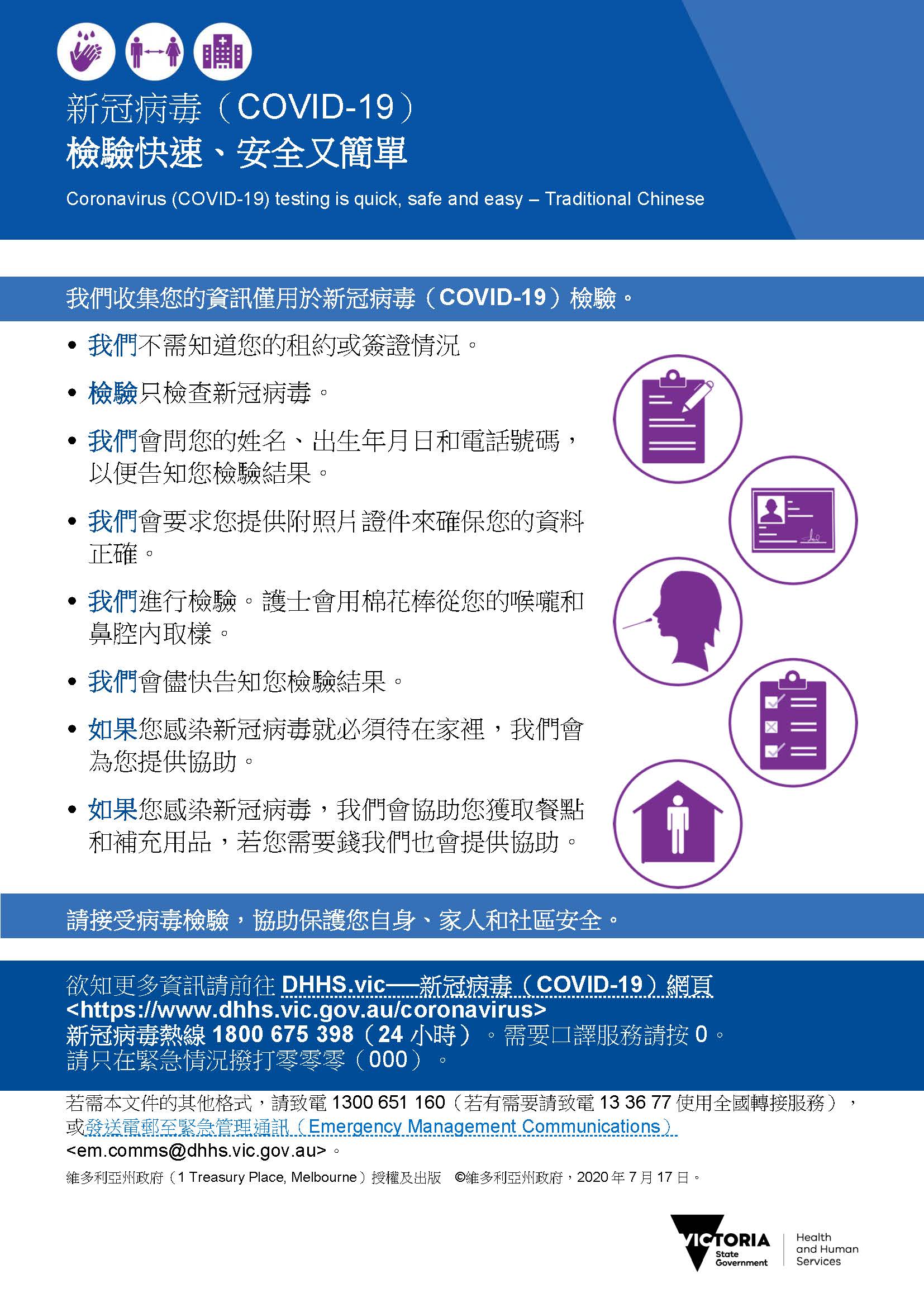
 Uncategorized4 years ago
Uncategorized4 years ago



